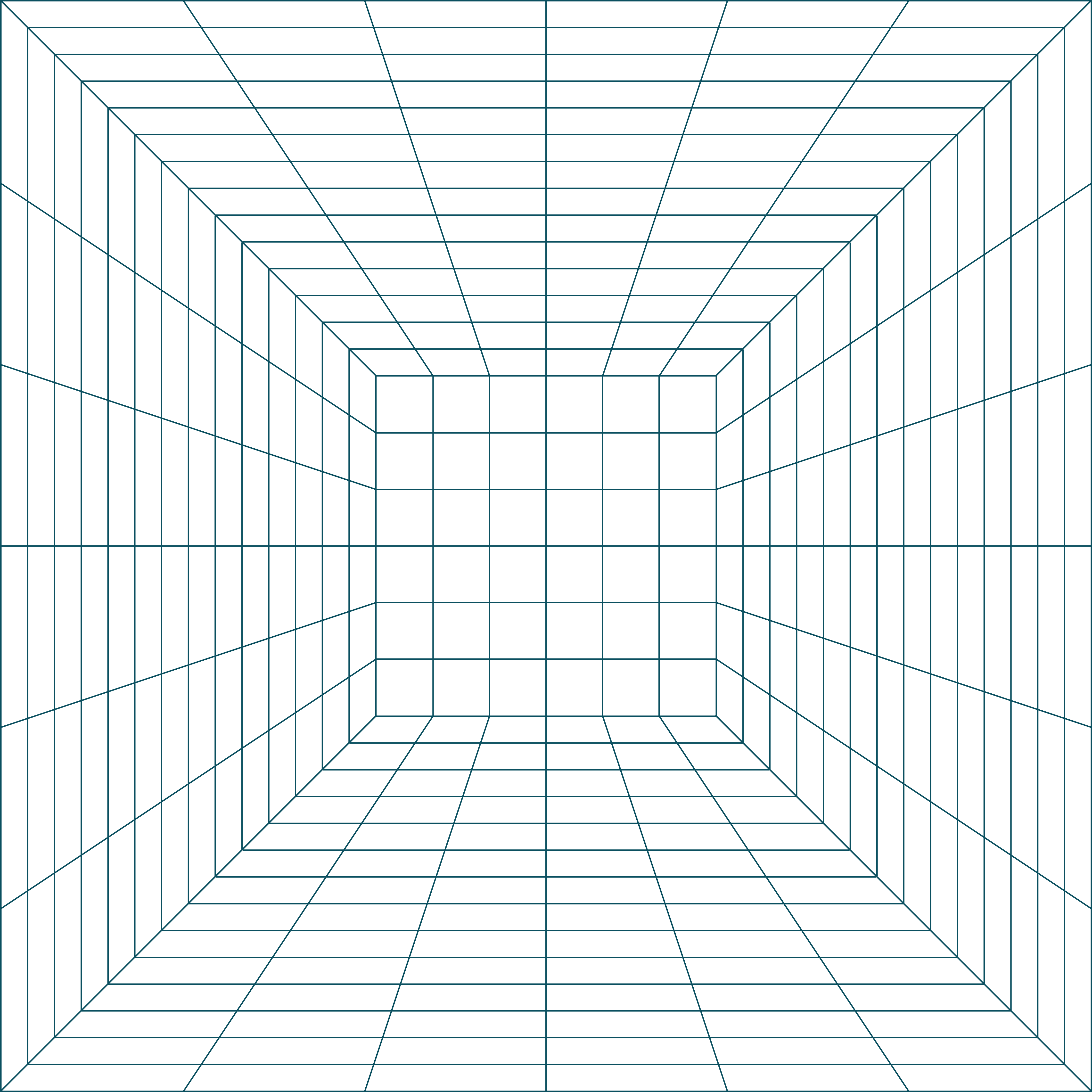Converting Parallels Disks to Raw on OS X
Update: I have had problems with this method leading to corruption / being unreliable. Backup all your data before you attempt this.
We do quite a bit with parallels, and commonly want to copy a virtual disk for analysis. If you come across a machine with parallels disks, how do you copy a usable image file out? Parallels is set to use expanding disks by default, which are apparently compressed. Digfor talks about finding parallels on a Windows machine, and how to convert the disk. I will just cover the process on OS X (very similar).
Edit (7-12): An easier and faster way is to use 'qemu-img'. I might try to create a how-to on it in the future, but it is pretty straightforward.
Right click on the .pvm file, and click "Show Package Contents".Move the .hds file to the .pvm directoryRename the .hds file to OS.hdd (OS can be whatever is meaningful to you)Open 'Applications/Parallels/Parallels Image Tool'Choose the new disk image "OS.hdd"Choose "Convert to plain disk"Note: This will expand the disk to its "true" size. Make sure your drive is big enoughThe converted disk is once again called OS.0.{###}.hdsThe resulting file is now raw
img_stat ~/Documents/Parallels/Windows\ Server\ 2003.pvm/Windows\ Server\ 2003.hdd/Windows\ Server\ 2003.hdd.0.\{5fbaabe3-6958-40ff-92a7-860e329aab41\}.hds
IMAGE FILE INFORMATION
--------------------------------------------
Image Type: raw
Size in bytes: 8590675968

